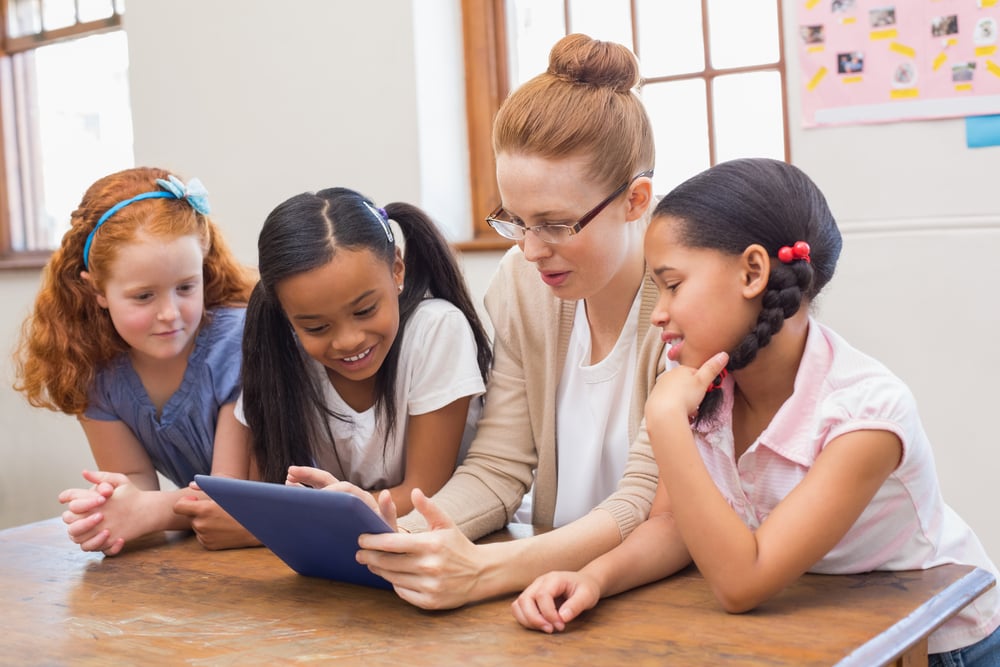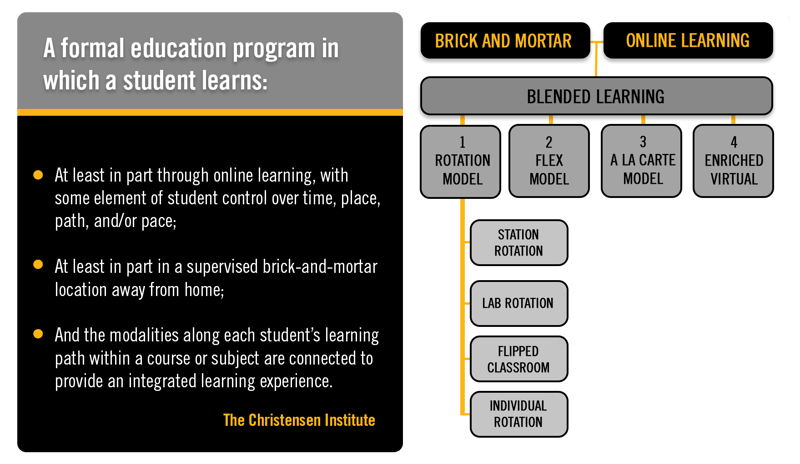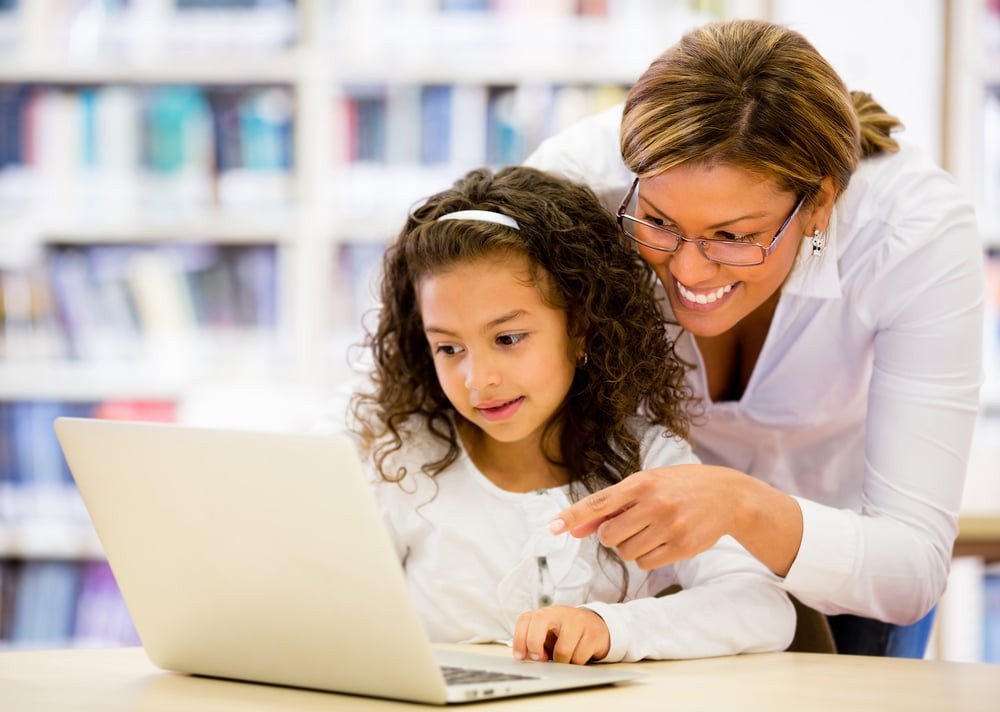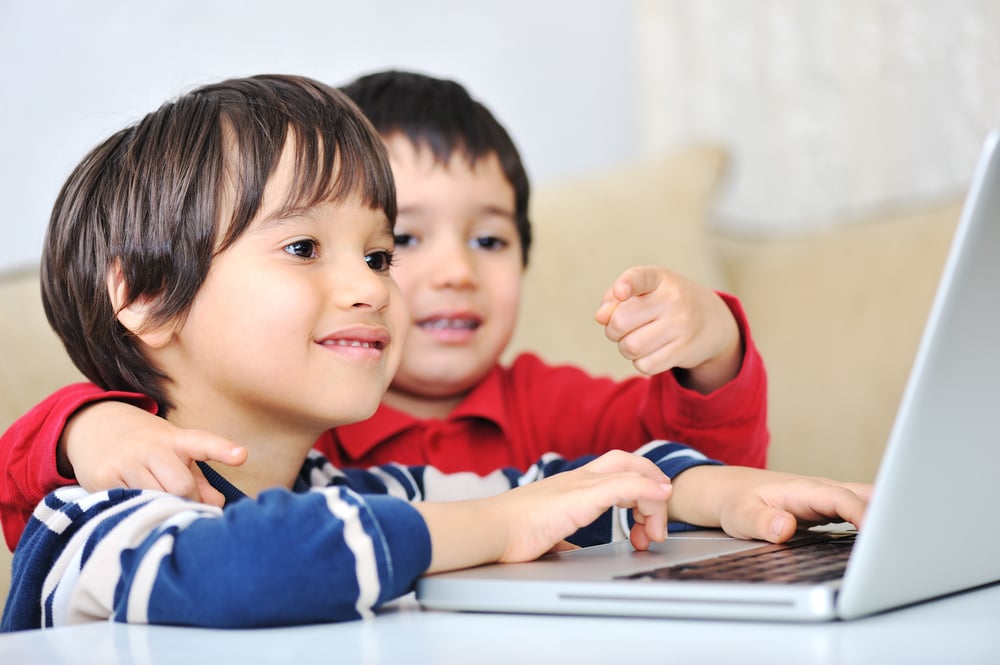Next Generation Blended Learning
It’s time to reimagine blended learning to take full advantage of current teachers, technology, and instructional strategies
Introduction
It may be hard to remember a time when K-12 online learning was growing, but blended learning did not exist as a widely recognized instructional strategy. But there was such an era, in the late 1990s and early 2000s. As recorded by the series of Keeping Pace reports—which were published for 15 years starting in 2004—K-12 online learning emerged in the mid-1990s in several organizations around the United States before “blended learning” was even a widely recognized term.

Back then, many of the early adopters in K-12 online learning were programs that evolved from correspondence schools or distance education programs. For example, the North Dakota Center for Distance Education began offering correspondence classes in 1935 and evolved to offer classes through many different delivery methods, eventually including online learning. The University of Nebraska High School began delivering paper-based correspondence courses in 1929, launched its first “Tele Learning courses” where students submitted work by email in 1985, and offered its first full diploma sequence online in 2001.
In addition to those existing institutions, other online schools and programs launched during the 1990s and early 2000s, including:
- The Florida Virtual School began offering online courses to students across Florida around this time, and grew rapidly.
- VHS Learning launched to offer supplemental online courses to students across the United States and other countries.
- The Monte Vista school district in Colorado opened one of the first public online schools in an established district.
- Laurel Springs was perhaps the first private school to offer online courses — and if not the first, certainly among the pioneers.
What wasn’t occurring at this time? Talk of blended learning.
There was, of course, plenty of discussion about emerging technologies in existing classrooms, which then was often called Computer-Based Instruction (CBI). As noted in Keeping Pace 2010:
"The history of CBI is long and involved, with many organizations included; any attempt to detail its history will inevitably leave out some important developments. Most histories, however, would point to the PLATO project at the University of Illinois Urbana-Champaign in 1963 as a major milestone in the evolution of using computers to enhance instruction. The PLATO computing platform was used to deliver instruction in topics ranging from French to Organic Chemistry."
The PLATO project evolved over time and eventually gave birth to two of the most widely adopted products in CBI, PLATO Learning and NovaNet. These systems and others like them have been used in thousands of schools across the country, primarily to provide intervention and remediation for struggling students. Because these students were often recovering credit or retaking material for other reasons, they worked through the computer material with some help from a teacher, but with limited interaction with the teacher or other students.
But CBI was often seen as distinct from online learning, and in some ways was considered inferior to both in-school learning and online instruction.
The Emergence of Blended Learning
All that changed when the book Disrupting Class was published in 2008, altering the discussions about blended learning and indeed shifting all of digital learning. Disrupting Class set forth a definition and a taxonomy. The definition:

Graphic adapted from: Christensen Institute. (n.d.). Blended Learning Definitions and Models. https://www.christenseninstitute.org/blended-learning-definitions-and-models/
The rotation model was built around students “rotating” between teacher-led instruction and computer-mediated learning, with students going through computer stations, or to computer labs, or the teacher “flipping” the classroom by assigning online homework to teach basic skills and ideas, and using physical classroom time to take on harder issues in small group discussions and tutoring. The other models—flex, a la carte, and enriched virtual—were all variations on primarily online courses with some face-to-face support (although with flex having more onsite support than the others). The rotation models became the most commonly understood approaches to K-12 blended learning in the United States.
Fifteen years ago, the spread of these definitions and models moved the digital learning field forward. The models quickly became familiar to many teachers and school leaders, especially in states in which districts were feeling competition from online charter schools. The definition gave educators a common language, and the models made professional development much easier to provide because everyone could agree on what the teacher was supposed to do in each case.
In fact, the book and subsequent publicity shifted much of the digital learning energy from online learning—with students and teachers remote from one another for at least a portion of their time—to versions of blended learning in which students and teachers resided mostly, if not entirely, in physical classrooms during regular school hours.

The Entrenchment of Blended Learning
Over time, what had been a useful starting point—a definition of blended learning—became a burden. Why? There were two main reasons.
First, in a pre-Zoom, pre-pandemic, pre 1:1 computing era, building digital learning around physical classrooms and traditional schedules was simply much easier than the online learning alternative. Students didn’t have to truly understand how to use online engagement features if they could rely on communicating in the physical classroom. Teachers could post some materials online but knew they always had the physical school backup that they could lean on—but the physical classroom too often became a crutch instead of a well-considered alternative.
Second, for too many traditional schools, “blended learning” came to be defined by a narrow set of instructional strategies that constricted the roles of teachers and the function of what was reverting back to being thought of as computer-mediated instruction. The student time on computers was often relegated to drill-and-skill, remediation, and other low-value activities.
True, blended learning technologies improved. Certain subject areas, especially math and reading, showed promise for positive outcomes when blended learning was implemented well. Teachers became more adept at using data to better track student outcomes. But progress towards real change was slow and intermittent.
The Impact of the Pandemic
That all changed in spring 2020, with the widespread school closures caused by the pandemic. With nearly all schools in the United States shifting to remote learning, many students, teachers, and families experienced a form of online learning for the first time. Many of the remote learning programs were mediocre at best, because they were implemented—by necessity—with almost no planning time, minimal teacher professional development, and during a time of extreme stress.
But despite these challenges, a funny thing happened. Although many students and families didn’t have a great “Zoom school” experience, quite a few found that they liked some of the aspects of digital learning. Some liked the time flexibility; others liked having more control over their own pace working through digital content. Some students realized they could communicate with other students, and with their teachers, in new ways. For example, some reserved students who were reluctant to raise a hand to answer a classroom question were quicker to engage in online discussions, demonstrating that they had been capable of engaging all along.
Also, the pandemic accelerated the procurement of computers for most students. One-to-one computer initiatives had long been growing, replacing computer labs and computers on wheels, as all students needed a device to connect with their learning. The combination of need and pandemic stimulus funding led to more students than ever having computers consistently available to them.
These factors are all converging to create a new opportunity.
Next Generation Blended Learning
As of late 2023, we have:
- A long history of online learning that includes demonstrated best practices and quality standards,
- Teachers and students with more experience with digital learning that ever before, and
- More widespread computers and devices in schools and student hands than ever before.
And yet:
Many schools are still implementing a 2008 vision of blended learning.
It's beyond time for a new approach, because teachers can do more, and students expect better. We see this new approach in many innovative schools, but we also see too many schools being held back by outdated “blended learning” thinking.
What does the new blended learning look like? Some examples include:

- What was low value time on a computer, is now high value time in which the student has increased agency over their path. Some of this is due to the far higher quality digital content and technology than existed fifteen years ago; more of the change is due to the evolving roles that some teachers are now taking on ever more skillfully. Rarely do teachers lecture large groups of students in the best blended schools, and rarely do students click through repetitive content (if the school has chosen high quality online materials).
- In elementary schools, adaptive math and reading content assesses students and provides teachers with student-specific, actionable data to help each student move to their zone of proximal development. Teachers use simple and consistent formative assessments to target instruction to individuals and small groups.
- In high schools, students take increasing control of their learning paths, to include combining their traditional courses with dual credit courses, jobs, and internships—or other non-academic pursuits.
- Teachers oversee projects, allowing students to learn how to work together and collaborate as many professionals do in the working world.
- Career and technical education includes online courses that carry credentials for students who are able to demonstrate mastery. Other CTE courses are largely hands-on (think health care or HVAC systems), and students have more time in work settings or makerspaces because they have online courses which free up time in their schedules.
Putting the Pieces Together to Create First Class Blended Learning
There are four main building blocks for next generation blended learning:
- High-quality digital curriculum and assessment — Next generation blended learning relies on a range of high-quality content. A diverse set of resources, materials, and activities cater to different learning preferences. A mix of digital and traditional resources engages students and provides flexibility. Content is interactive and engaging, incorporating multimedia elements, simulations, games, and other interactive features to capture students' interest and maintain their attention.
- Technology platforms — Teachers work with technology platforms to adjust content, pacing, and difficulty based on student performance and learning trajectories. Robust data generated by assessments, tied to the content and within the platform, allow teachers to understand each student’s academic standing and progress. Platforms that facilitate collaboration among students and allow for communication with teachers enhance the learning experience in the physical classroom and extend learning beyond school days. Discussion forums, chat features, and collaborative projects promote social learning. Teachers integrate multimedia resources into their lessons, including videos, simulations, and interactive activities that make the learning experience more dynamic.
- Creative use of time — Teachers have the opportunity to use time in a more flexible and personalized manner to provide students with individualized learning paths. In some cases, teachers are working within high traditional bell schedules and calendars. In other instances, schools have created block scheduling, shorter terms, or other flexible approaches that support creativity. Students can progress at their own pace, spending more time on concepts they find challenging and moving quickly through material they grasp easily. Teachers can allocate specific time for group instruction and use online resources for independent work. This personalized attention can address individual learning needs more effectively than a traditional whole-class approach. In addition, teachers allocate time for students to work collaboratively on projects or assignments, fostering teamwork and communication skills.
- Relationships — Although a misconception exists that students in blended schools spend most of their time on computers, in fact blended instruction maximizes meaningful interaction between teachers and students. The digital environment within the physical school allows for more frequent and targeted communication, and can provide students with the opportunity to ask questions, seek clarification, and build a one-on-one connection with the teacher outside of traditional classroom hours. Whether in class or outside, teachers can use digital platforms to facilitate discussions, encourage collaboration, and allow students to express their thoughts and ideas. Engaging in these discussions can help strengthen the teacher-student relationship, while creation of digital portfolios allows students to showcase their work and achievements. Teachers can review and provide feedback on these portfolios, fostering a deeper understanding of each student's strengths, interests, and progress.
Conclusion
Today’s older K-12 students are part of Gen Z, younger students are part of Generation Alpha. In either case, these students expect information to be widely and easily available. They are connected online with each other and with their families and friends. They expect their shopping and media viewing to be personalized and on-demand; they can barely understand a time before streaming.
And yet, not only are many schools far behind in adopting technology, but even many of those that believe they are current in “blending” their instruction, are using a form of blended learning whose expiration date has passed.

If your school is still stuck on the 2008 version of blended learning, we invite you to let us show you what digital learning can look like in 2023.
